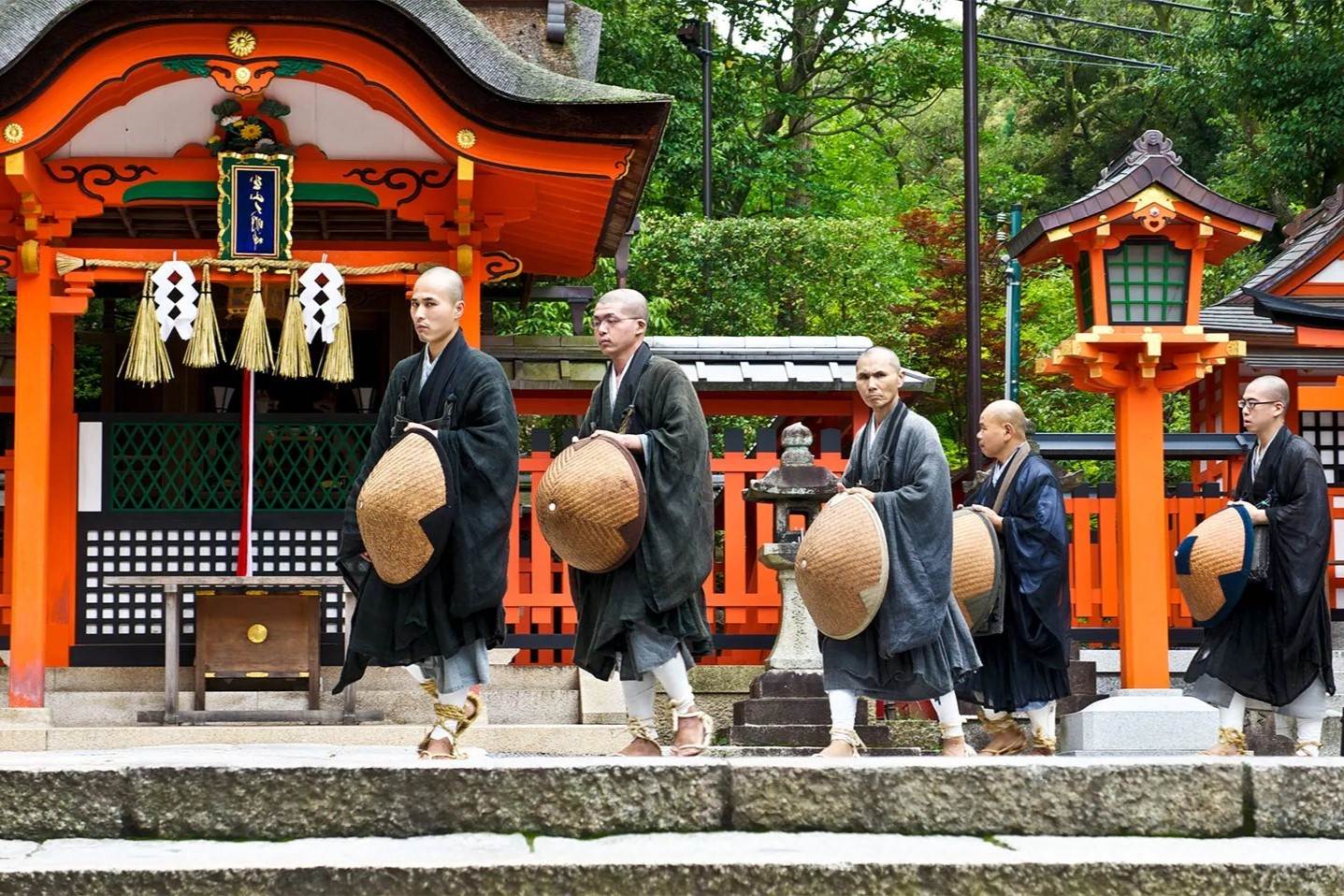Meet The Mysterious Shinto Kami Of Japan

Have you ever wondered about the mysterious spirits that inhabit Japan's ancient shrines? These spirits, known as Shinto Kami, play a huge role in Japanese culture and religion. Kami can be found in natural elements like mountains, rivers, and trees, as well as in ancestors and heroes. Each shrine in Japan is dedicated to a specific Kami, and people visit these shrines to pray for good fortune, health, and protection. Understanding the significance of Kami helps you appreciate the deep connection between the Japanese people and their environment. Ready to learn more about these fascinating spirits? Let's dive in!
Understanding Shinto Kami
Shinto, Japan's indigenous spirituality, revolves around Kami—sacred spirits or deities. These entities inhabit natural elements like mountains, rivers, and trees, as well as human creations and ancestors. Let's explore some fascinating Shinto Kami and their significance.
Amaterasu: The Sun Goddess
Amaterasu, the Sun Goddess, holds a central place in Shinto belief. She is revered as the ruler of the heavens and the universe's source of light.
Ise Grand Shrine: Located in Mie Prefecture, this shrine is dedicated to Amaterasu. Pilgrims visit to seek blessings and witness the sacred mirror, one of Japan's three imperial regalia.
Amanoiwato Shrine: In Miyazaki Prefecture, this shrine marks the cave where Amaterasu hid, plunging the world into darkness. Visitors can feel the myth's power and the goddess's significance.
Susanoo: The Storm God
Susanoo, Amaterasu's brother, is the god of storms and the sea. Known for his wild and unpredictable nature, he plays a crucial role in Shinto mythology.
Izumo Taisha: Situated in Shimane Prefecture, this ancient shrine honors Susanoo. It's one of Japan's oldest and most important shrines, attracting those seeking love and marriage.
Yasaka Shrine: In Kyoto, this shrine celebrates Susanoo's victory over the eight-headed serpent, Yamata no Orochi. The annual Gion Matsuri festival here is a must-see.
Inari: The Rice God
Inari, the god of rice, fertility, and prosperity, is one of the most widely worshipped Kami in Japan. Foxes, considered Inari's messengers, often guard his shrines.
Fushimi Inari Taisha: Located in Kyoto, this shrine is famous for its thousands of red torii gates. Pilgrims hike through the gates to seek Inari's blessings for success and good fortune.
Toyokawa Inari Shrine: In Aichi Prefecture, this shrine combines Shinto and Buddhist elements. It's known for its fox statues and attracts those wishing for business prosperity.
Hachiman: The God of War
Hachiman, the god of war and warriors, is also considered a protector of Japan. He embodies strength, courage, and protection.
Usa Jingu: Found in Oita Prefecture, this shrine is the head of over 40,000 Hachiman shrines across Japan. It draws those seeking protection and victory in endeavors.
Tsurugaoka Hachimangu: In Kamakura, this shrine played a significant role in the samurai era. Visitors come to honor Hachiman and explore the historical site.
Tenjin: The Scholar God
Tenjin, the deified form of scholar Sugawara no Michizane, is the god of learning and academics. Students often pray to him for success in their studies.
Dazaifu Tenmangu: Located in Fukuoka Prefecture, this shrine is dedicated to Tenjin. Students visit to pray for academic success and admire the plum blossoms.
Kitano Tenmangu: In Kyoto, this shrine also honors Tenjin. It's a popular spot for students, especially during exam season, seeking blessings for their studies.
Ebisu: The God of Fishermen and Luck
Ebisu, one of the Seven Lucky Gods, is the patron of fishermen, merchants, and good fortune. He is often depicted with a fishing rod and a sea bream.
Nishinomiya Shrine: Situated in Hyogo Prefecture, this shrine is the head of all Ebisu shrines. The annual Toka Ebisu festival here is a lively event celebrating prosperity.
Ebisu Shrine: In Tokyo's Shibuya district, this small but significant shrine attracts those seeking luck in business and daily life.
Embracing the Spirit of Shinto Kami
Shinto Kami offer a unique glimpse into Japan's rich cultural tapestry. These spiritual beings, deeply rooted in nature and tradition, shape the daily lives and beliefs of many Japanese people. Visiting a Shinto shrine, participating in festivals, or simply learning about these deities can deepen your appreciation for Japan's heritage.
Understanding the significance of Kami helps you connect with the essence of Shintoism. It’s not just about religion but also about respecting nature and the unseen forces around us. Next time you visit Japan, take a moment to explore this fascinating aspect of its culture.
Whether you're a traveler or a curious learner, the world of Shinto Kami invites you to see Japan through a different lens. Embrace the spirit of these ancient deities and let them guide your journey through this captivating country.

